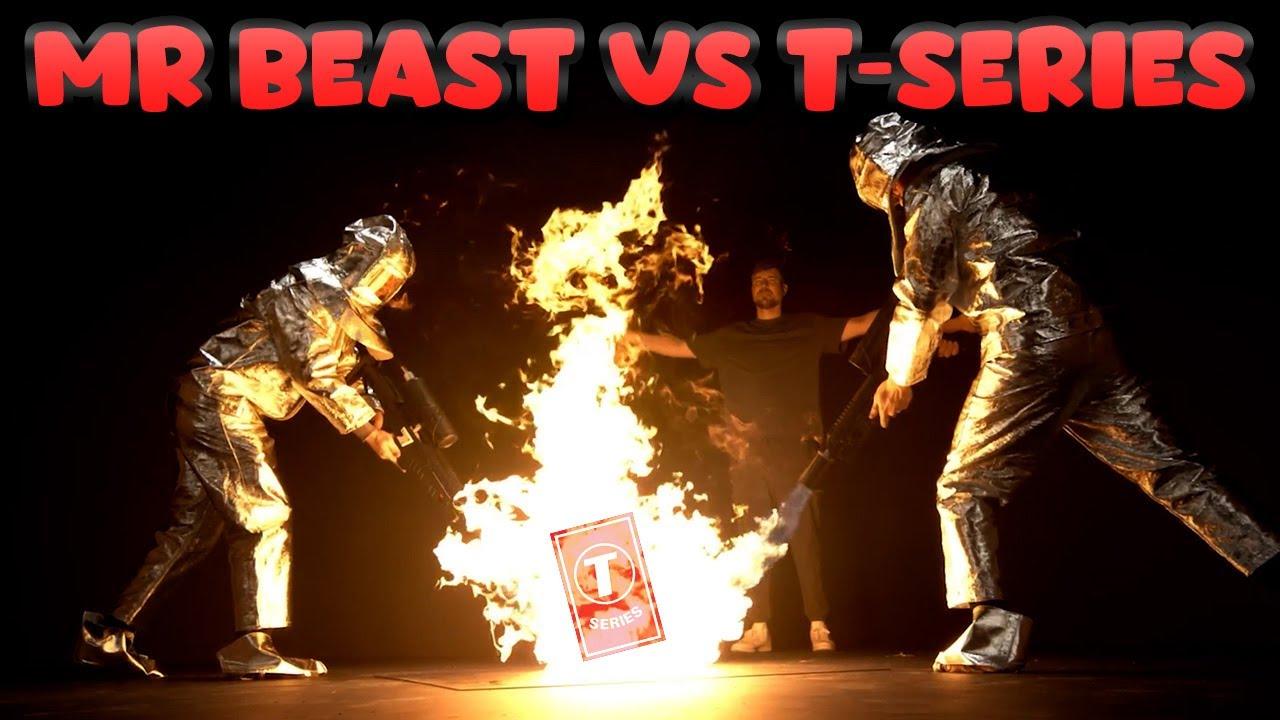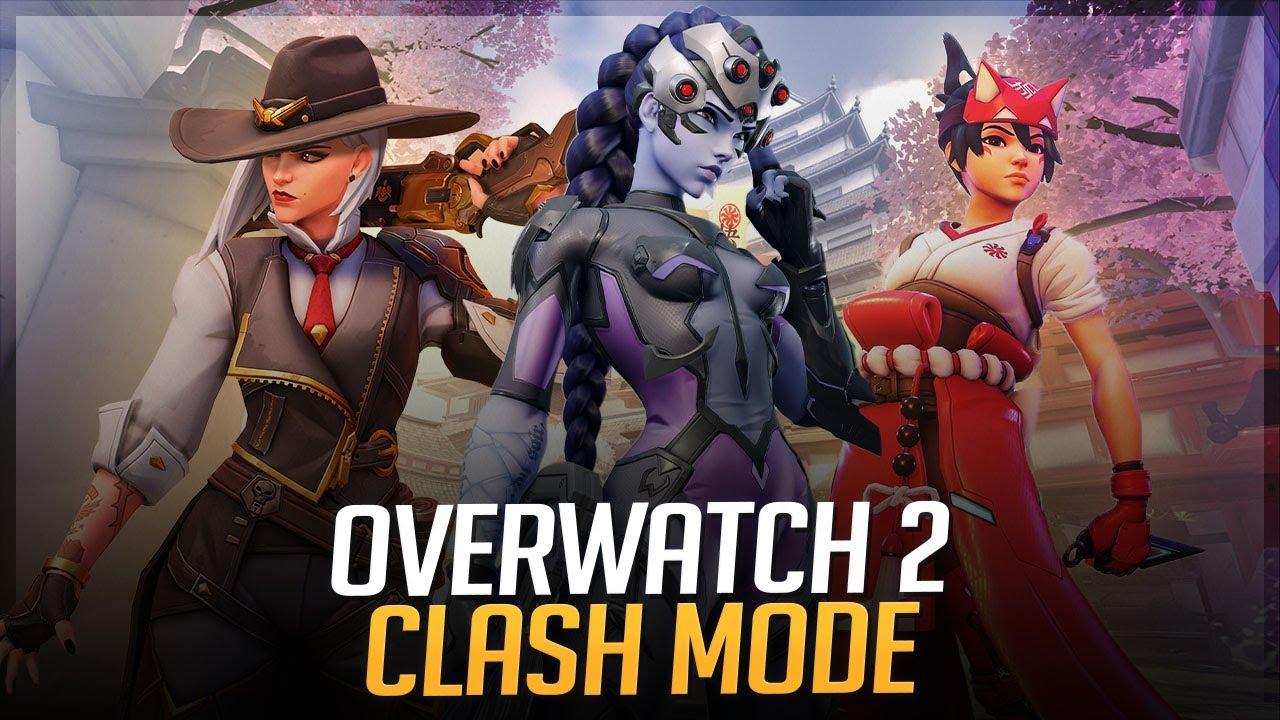
How many Pokemon are there in each generation?
Pokemon officially came out for the first time in 1996. Since then, nine generations of Pokemon have been released, with a tenth in the works. If you haven’t kept up with the games, here is how many Pokemon are there in each generation.
The first generation of Pokemon is, arguably, the most recognizable iconic Pokemon like Pikachu and Charizard. This was also the first generation featured in the Pokemon TV series, which included a song listing the initial 150 Pokemon in the end credits.
Since then, the Pokemon universe has expanded to new regions with their own Pokedex. In some regions, there are new versions of certain Pokemon, like Alola Diglett and Galarian Meowth.
How many Pokemon are there in each generation?
There are nine generations of Pokemon for a grand total of 1,008 Pokemon. The number is constantly increasing because of Pokemon Scarlet and Violet. The game’s most recent DLC includes new Pokemon that weren’t registered before.
Generation 1
Generation 1 ran from February 1996 through November 1999. It was the beginning of the Pokemon universe as we know it. The main series Pokemon of this generation are Pokemon Red, Green, and Blue. This generation takes place in the Kanto region.
There is a total of 151 Pokemon in Generation 1, counting Mew, which was added later on.

Generation 2
Generation 2 takes players to the Johto region. Parts of this generation were shown early on in the anime, like Togepi and Ho-Oh. Generation 2 lasted between November 1999 through November 2002. It is the shortest generation to date and the first one to introduce terms like shiny Pokemon, gender, and breeding. It also added Dark and Style types.
There are 100 Pokemon in Generation 2. The games in this generation are Pokemon Gold and Silver and Pokemon Crystal.
Generation 3
Between November 2002 and September 2006, players were deep in Generation 3. Taking place in Hoenn, this generation served as a soft reboot for the series. Pokemon Ruby and Sapphire, Pokemon FireRed and LeafGreen, and Pokemon Emerald were the first games for the Game Boy Advance.
Generation 3 had a total of 135 new Pokemon.
Generation 4
Generation 4 introduced 107 Pokemon, including the evolution of some Pokemon from previous generations. Players stayed in Sinnoh between September 2006 and September 2010.
This generation did a lot for the competitive side of the game. For the first time, players could battle other players online. It also changed the way moves worked, changing it to physical or special based on different attributes.

The games for this generation are Pokemon Diamond and Pearl, Pokemon Platinum, Pokemon HeartGold, and SoulSilver. These are available for Nintendo DS.
Generation 4 has 107 unique Pokemon.
Generation 5
Between September 2010 and October 2013, it was time for Generation 5. The Unova region had a futuristic style with 3D elements. Pokemon Black and White and Pokemon Black 2 and White 2 were the first games to be released on the same platform as the previous generation (Nintendo DS.) This generation induced the Pokemon Global Link portal, which made player interaction easier.
The first Pokemon in this generation were included in the movies and the series ahead of the games’ releases. Generation 5 had the most Pokemon to date, with 156.
Generation 6
For the first time, Pokemon had its own direct hosted by Nintendo, which served as the official announcement for Generation 6. One of the notorious changes added to Generation 6 is the Mega Evolution, with 46 Pokemon being capable of Mega Evolving. The game added Fairy type as a counter to Dragon-type Pokemon. It marked the first new type in 14 years.
Pokemon X and Y took place in the Kalos region and were the first Pokemon games released on Nintendo 3DS. The generation that ran from October 2013 through November 2016 saw the release of Pokemon Omega Ruby and Alpha Sapphire, and Pokemon Go.
Only 72 Pokemon are part of Generation 6.

Generation 7
The main innovation in Generation 7 was the addition of regional variants of existing Pokemon. The now well-known Alola variants made their debut as players enjoyed this region.
Between November 2016 and November 2019, Generation 7 saw the release of multiple titles for the Nintendo 3DS: Pokemon Sun and Moon, Pokemon Ultra Sun and Ultra Moon, and Pokemon Let’s Go, Pikachu! and Let’s Go, Eevee! These games pushed the limits of the Nintendo 3DS with more 3D graphic elements.
This generation had the second-lowest number of new Pokemon, with 88.
Generation 8
Generation 8 is the first Pokemon generation to be available on a home console, the Nintendo Switch. Released in 2019, Generation 8 is the only generation to be multi-region since there is a game taking place in Galar and another one in Hisui.
The games in Generation 8 are Pokemon Sword and Shield, Pokemon Brilliant Diamond and Shining Pearl, and Pokemon Legends: Arceus. This generation continued the trend of adding regional variants and less than 100 Pokemon with only 96 additions.
Generation 9
Generation 9 is the current Pokemon generation. It has released only one game, Pokemon Scarlet and Violet. Generation 9 is the first since Generation 5 to include over 100 Pokemon, with 103.
Set in the Paldea region, it added the Tera type mechanic. On top of their regular type, Pokemon now have a Tera type. When they Terastallize, Pokemon change type temporarily. The Tera type is reflected in a crown-like tera jewel that a Pokemon gains when it goes through the transformation.

The first part of The Hidden Treasure of Area Zero DLC, The Teal Mask, was released in September 2023. The second part is scheduled for release in Winter 2023. This DLC added a sub-region to Paldea, Kitakami. In this region, players will access the annual festival and will find new Pokemon that are exclusive to the region.
The will have its own version of the Elite Four with The Indigo Mask. Players will have the opportunity to face four Elite students in the Kitakami region.
Recommended

Froakie to be featured in the Pokemon Go August Community Day
Grab your Froakie while you can!

Pokemon Go Spotlight Hours for August 2023
August is a month for the classics!






